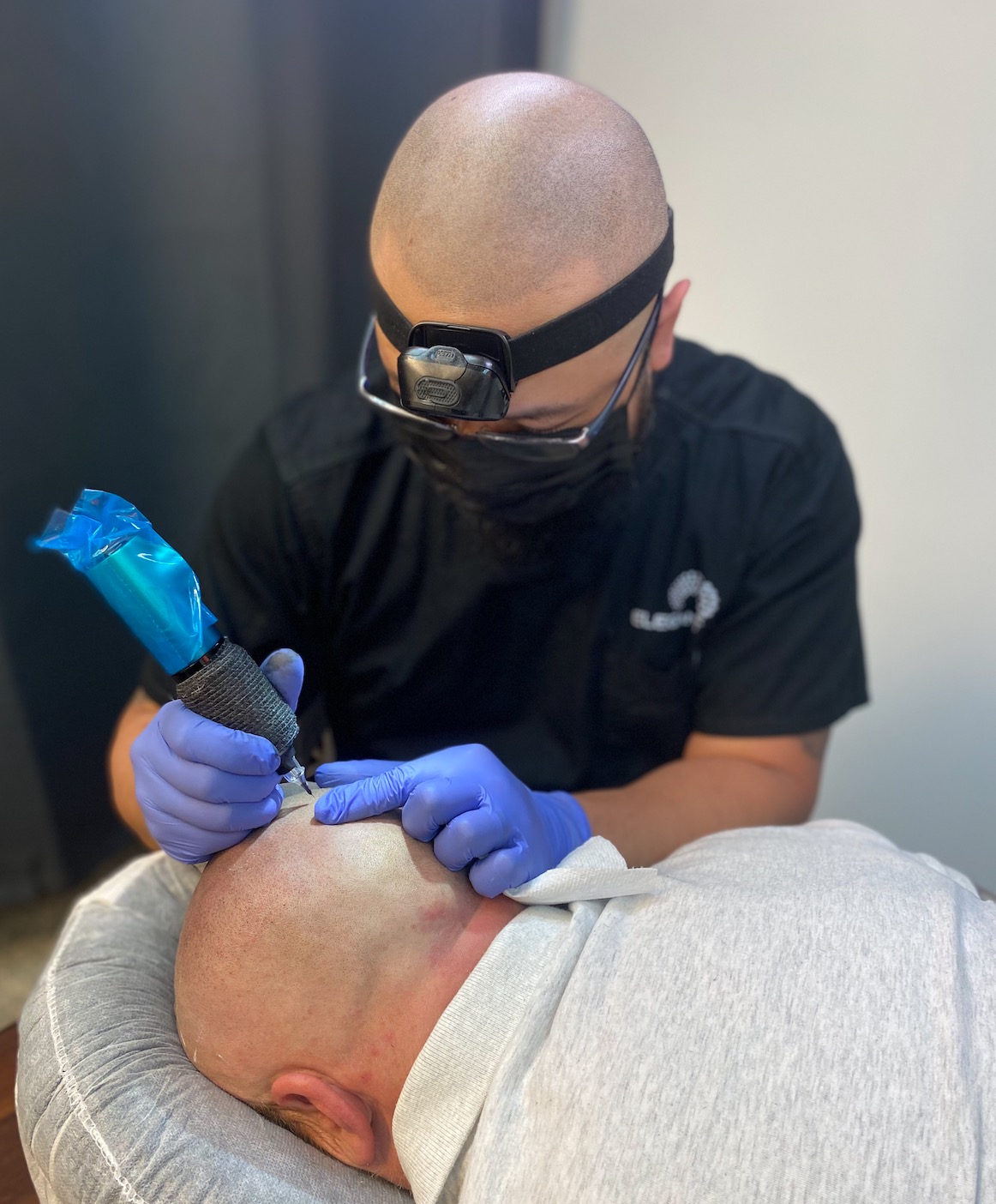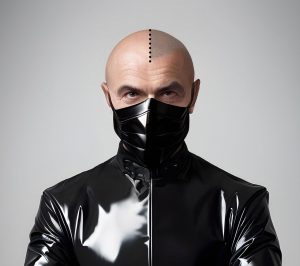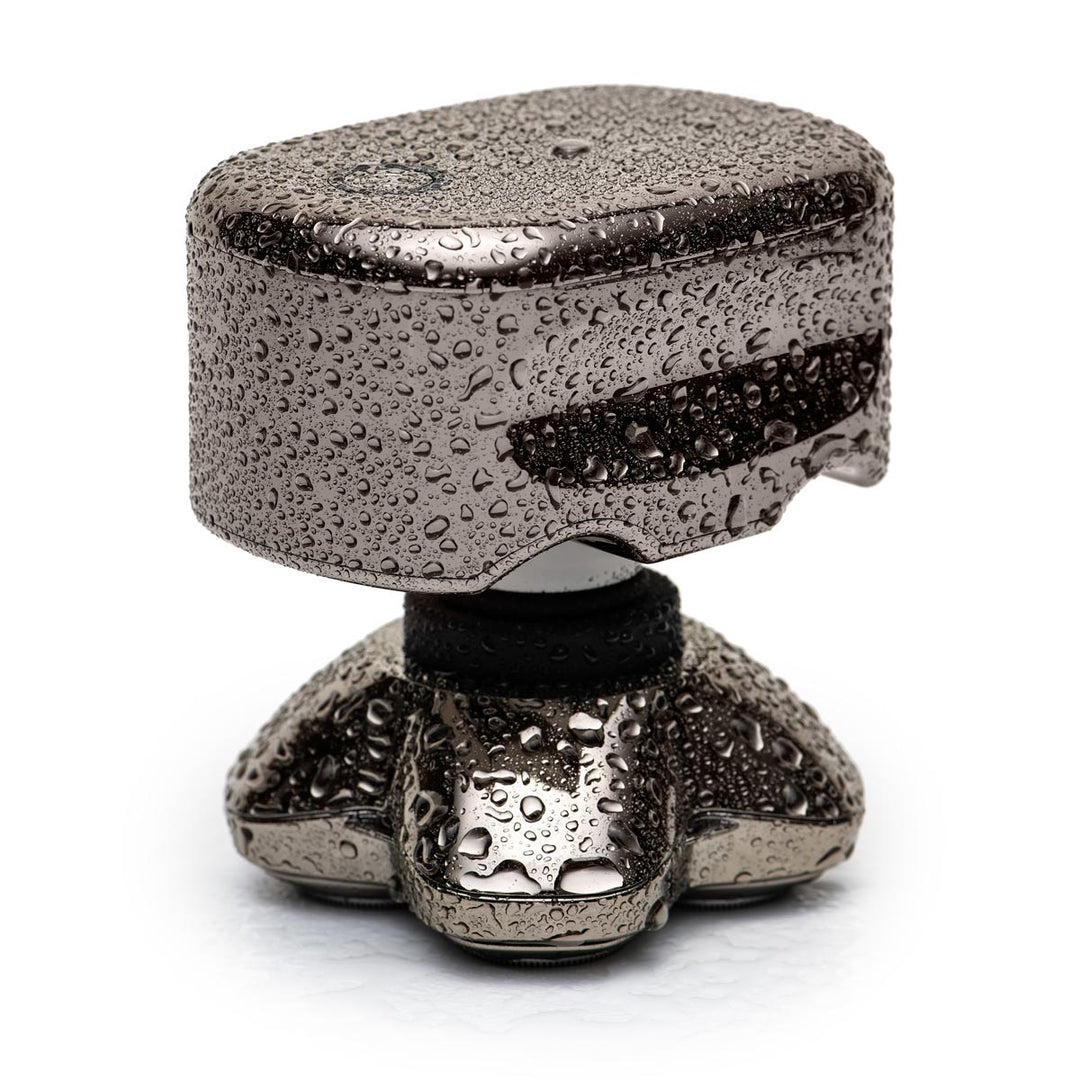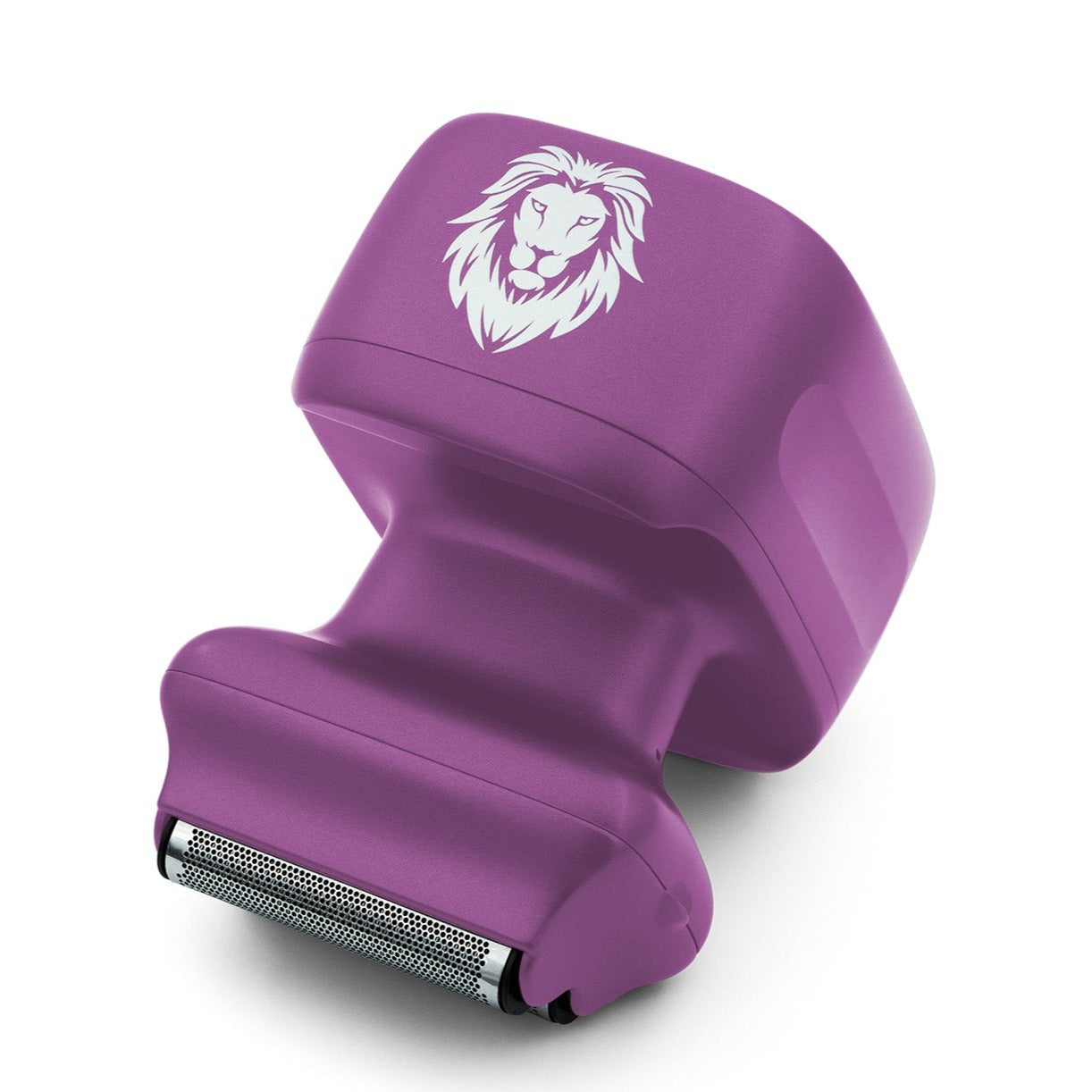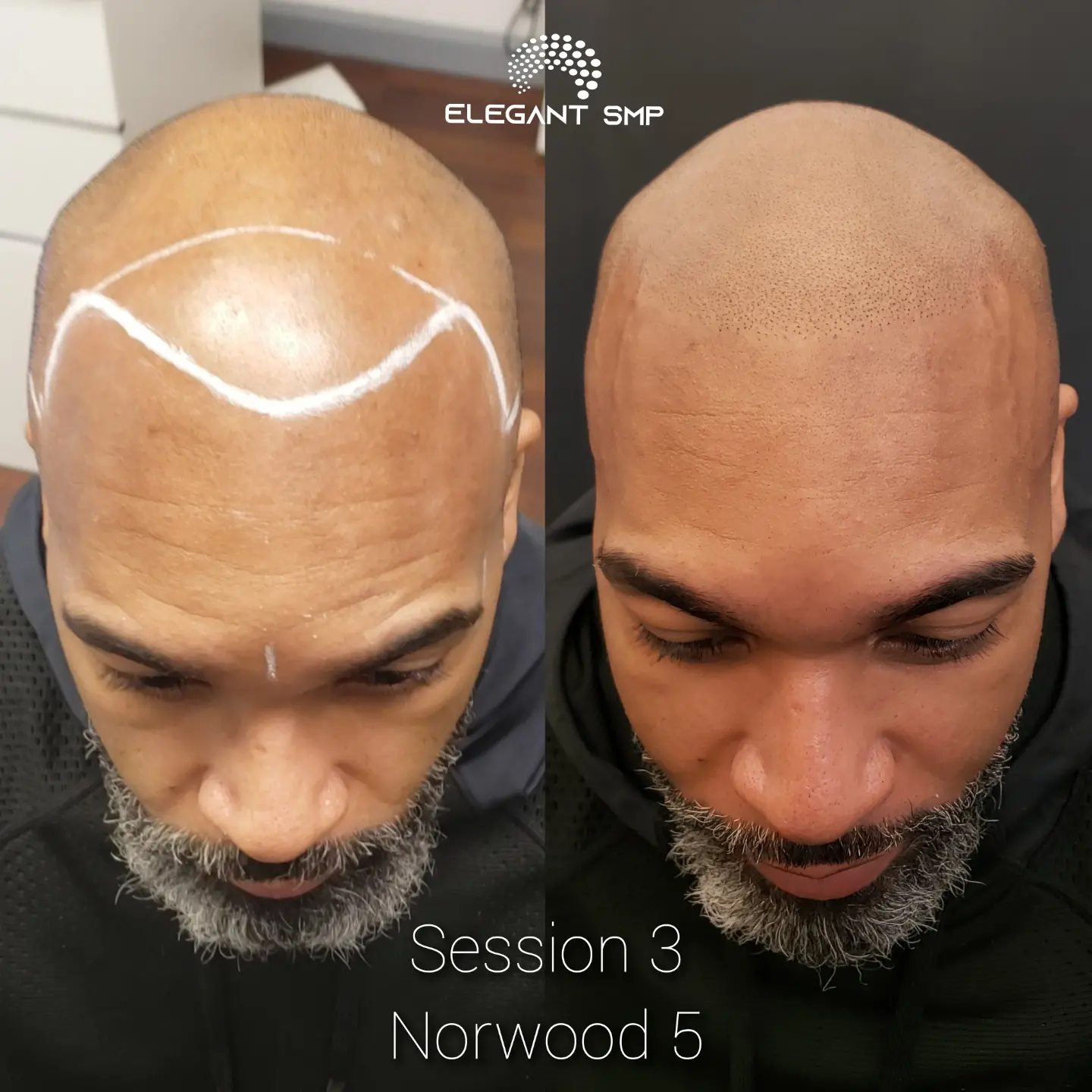Scalp tattoos have gained immense popularity as an innovative solution for those seeking a hair-like appearance while rocking the bold and bald look in style. Unlike traditional tattoos, scalp micropigmentation (SMP) offers a unique technique to replicate the look of real hair follicles on the scalp. In this article, we will explore the process, benefits, considerations, and potential risks associated with SMP.
Table of Contents
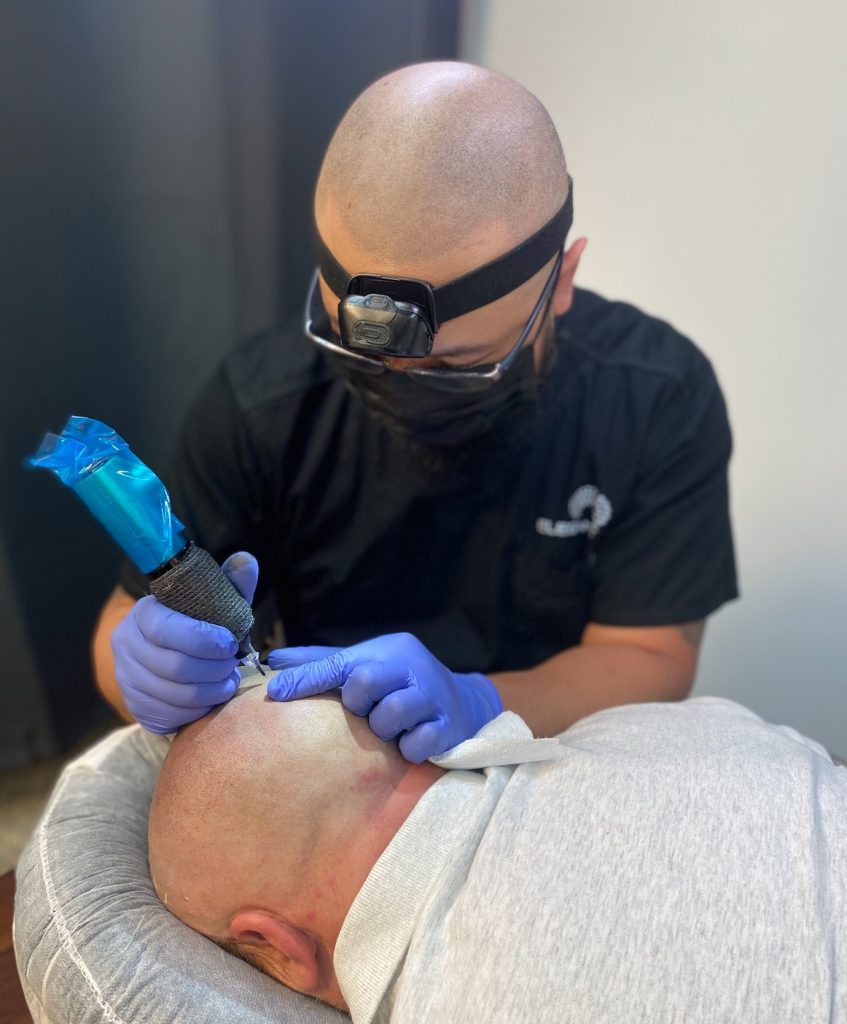
Understanding Scalp Tattoos
Scalp tattoos, also known as scalp micropigmentation, involve the meticulous application of pigments to the scalp to create the appearance of a buzzed or shaved head with a closely cropped “five o’clock shadow” effect. This technique distinguishes itself from traditional tattoos by utilizing specialized equipment and pigments designed specifically for SMP. The growing popularity of scalp tattoos can be attributed to their ability to address various hair loss concerns, including alopecia, and provide a low-maintenance solution for individuals seeking a new look.
The Process
The journey to achieving a hair-like effect through SMP begins with a thorough consultation and design phase. During this stage, the skilled SMP artist will assess the client’s scalp, discuss their desired outcome, and create a personalized treatment plan. The tattooing procedure itself involves the precise application of pigments to the scalp using specialized equipment. The duration of the process may vary depending on the extent of the treatment area. Following the procedure, proper aftercare instructions will be provided to ensure optimal healing and long-lasting results.
Creating a Hair-Like Effect
One of the key aspects of scalp micropigmentation is the ability to mimic natural hair follicles. Through careful shading and color matching techniques, the SMP artist can create a realistic appearance that seamlessly blends with the client’s existing hair or skin tone. Achieving a natural-looking hairline is crucial, as it frames the face and enhances facial features. Customization options, such as adjusting the density and shape of the hairline design, allow for a personalized and tailored result that suits individual preferences.
Benefits of Scalp Tattoos
- Non-invasive Alternative: SMP provides a non-surgical and non-invasive alternative to hair restoration procedures, eliminating the need for invasive surgeries or ongoing maintenance
- Concealing Hair Loss: Whether dealing with baldness, thinning hair, or scars, SMP can effectively conceal these concerns and create the illusion of a full head of hair
- Low Maintenance: Unlike traditional hair treatments, SMP requires minimal maintenance, allowing individuals to enjoy their new look without the hassle of constant styling or upkeep
- Boosting Self-Confidence: The transformative effects of SMP can have a profound impact on self-confidence and self-esteem, empowering individuals to embrace their bald style and feel attractive
Considerations and Potential Risks
When considering SMP, it is essential to choose a skilled and experienced SMP artist who specializes in scalp micropigmentation. Managing expectations and understanding the limitations of the procedure is crucial to ensure satisfaction with the final result. While rare, potential risks and complications may include allergic reactions or infections. Following the SMP artist’s aftercare instructions is vital for optimal healing and long-term results.
Conclusion
Scalp micropigmentation is a life-changing solution for those seeking a natural-looking hair-like appearance that frames your face. Elegant SMP located in Buffalo, NY, is a premier clinic known for providing undetectable and realistic results. By embracing your appearance and considering the benefits and considerations of SMP, you can regain your confidence and find a renewed sense of self. Learn more about the cultural significance of hairlines and the recommended places to explore while visiting Buffalo, NY if you’re planning a trip here for any reason.
Contact Elegant SMP today to embark on a transformative journey and discover the world of scalp micropigmentation.

